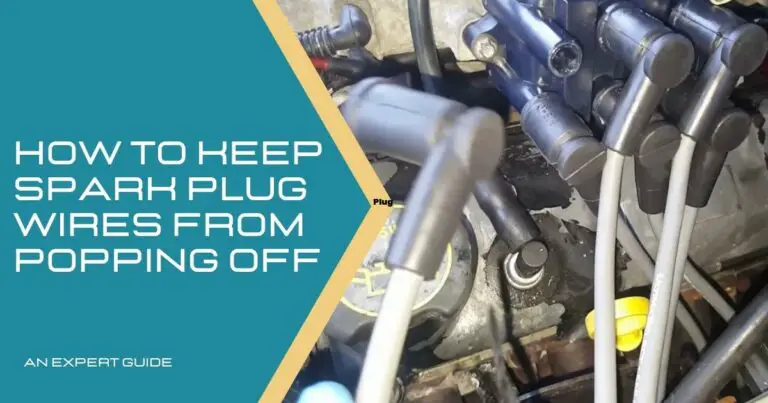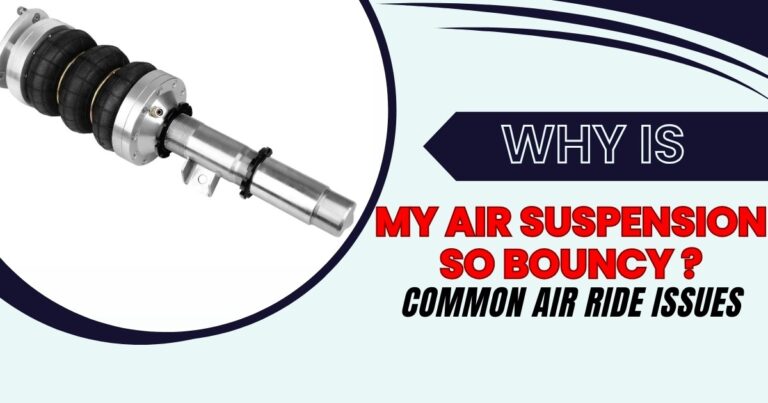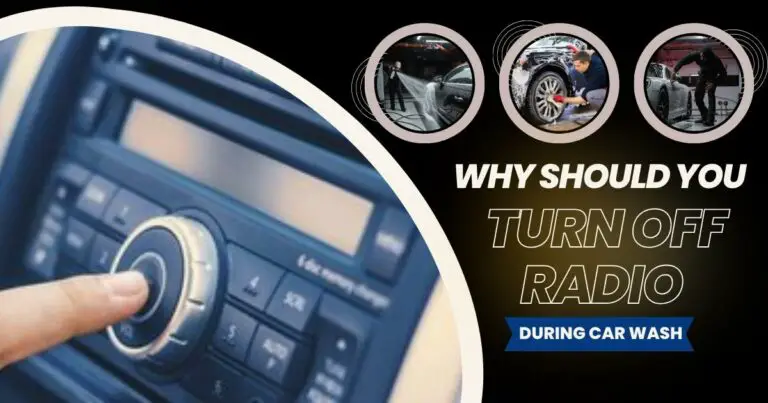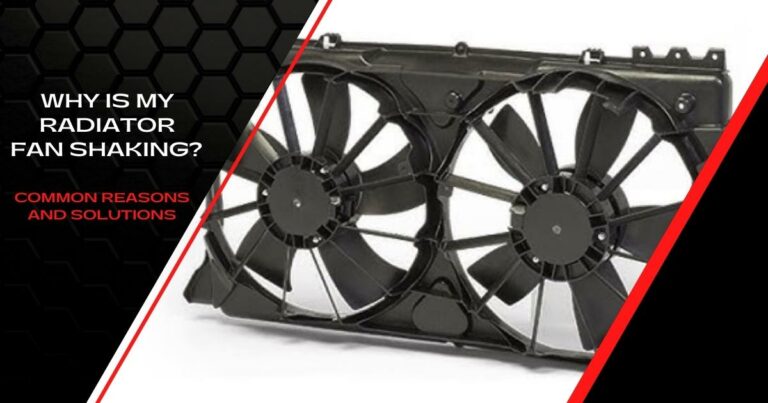Common Causes of Engine Overheating and How to Prevent Them
Engine overheating poses a critical threat to the optimal functioning and longevity of your vehicle. An overheated engine is a real concern, and if you don’t take swift and appropriate precautions, the resulting damage can be permanent.
A vehicle’s engine operates within a specific temperature range, and exceeding these limits can be dangerous. Excessively hot engines not only jeopardize your vehicle but also threaten to spoil the entire journey.
That said, it is important to ensure you’re prepared in case disaster strikes and learn the do’s and don’ts when your car engine overheats.
Common Reasons for Engine Overheating
A car engine can overheat due to various reasons that hinder the effective dissipation of heat from the engine compartment. Regardless of the cause, allowing an overheating engine to persist is ill-advised, as it could lead to irreversible damage to your engine.
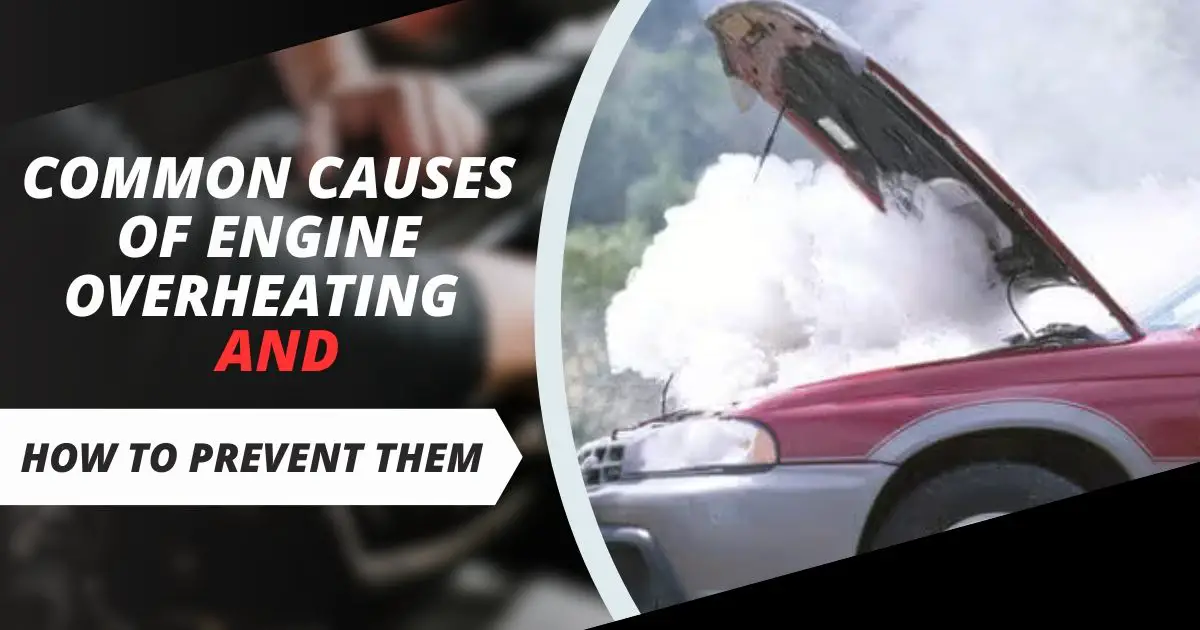
Lack of Coolant
Coolant plays a crucial role in regulating the engine’s temperature. If the coolant level is insufficient, it is bound to compromise the car’s cooling system. For instance, cooling system leaks can interfere the functionality of the system, leading to a reduced coolant supply. This, in turn, hampers the system’s ability to regulate temperature, resulting in engine overheating.
Low coolant levels can lead to a range of problems, from diminished heat dissipation to damaged engine components. Symptoms of insufficient coolant include elevated engine temperature, warning lights, and, in severe cases, steam emanating from the engine compartment.
Faulty Thermostat
The thermostat lies at the heart of the cooling system, whose primary role is to determine when to dispatch coolant for temperature control. As a result, it helps ensure that the engine reaches its operating temperature efficiently.
If the thermostat is faulty or not working as expected, it can disrupt the coolant flow, resulting in multiple engine problems. Some of the indicators of a damaged thermostat include irregular temperature gauge readings, persistent engine overheating, and a lack of warmth in the cabin.
Radiator Issues
The radiator is another crucial component of the cooling system, and any issues with it can disrupt the heat dissipation process. For instance, blockages or restrictions within the radiator can impede the smooth flow of coolant. This can, in turn, hinder the radiator’s efficiency in dissipating heat, causing the engine temperature to rise.
The radiator fan helps in maintaining optimal temperatures by promoting airflow. If the fan is not functioning correctly, the radiator may struggle to cool the circulating coolant, leading to overheating. Similarly, if the radiator fins are damaged or bent, it can hinder the effective transfer of heat, leading to elevated engine temperatures.
Water Pump Failure
The car engine relies on a water pump to propel coolant throughout the system. This pump ensures a consistent flow, which prevents hot spots and maintains uniform temperature distribution. However, the water pump may be subject to wear, especially when operating in harsh conditions.
The water pump contains an impeller that helps propel coolant through the engine and radiator. If the impeller is damaged, it can hinder the proper circulation of coolant, which reduces the system’s efficiency in dissipating heat.
Symptoms of water pump failure include coolant leaks around the pump, unusual noises emanating from the pump area, and visible wobbling of the pump pulley.
Engine Oil Issues
Engine oil helps lubricate moving parts within the engine, which, in turn, reduces friction and heat generated by these components. If the oil level is low or the oil is degraded, friction is bound to increase, leading to elevated temperatures.
Engine oil also helps in dissipating heat from various engine components. If the oil is contaminated or old, it reduces its heat-absorbing capacity, thereby affecting the engine’s ability to stay within the optimal temperature range.
The viscosity of engine oil is crucial for its proper function. If the oil becomes too thick, it may not flow efficiently, leading to poor heat transfer. Conversely, if it the oil is too thin, it may not provide adequate lubrication and cooling.
Effects of Overheating on the Engine and Other Components
If you can intervene early enough to cool your engine before it reaches the critical point of failure, then you have the potential to minimize the risk of permanent damage to the engine. Some of the overheating symptoms that you need to be on the lookout for include;
- A steam resembling smoke coming from your car hood
- The engine temperature gauge on your dashboard spiking to “H” or into the red
- An unusual smell emanating from the engine area
If you observe any of these signs, it’s critical to take immediate action to cool your engine and avoid long-term damage. If you fail to address these issues promptly, it can lead to adverse effects on the engine and other components including;
Warped Cylinder Heads
Excessive heat can cause the cylinder heads to warp, which can impede the combustion process. This can lead to reduced performance, increased fuel consumption, and ultimately, engine failure.
Piston Damage
Elevated temperatures can induce the expansion of pistons beyond their standard parameters, making them scuff or score on cylinder walls. This, in turn, diminishes engine performance, heightens friction, and poses the risk of internal damage.
Blown Head Gasket
Overheating can also exert tremendous stress on the head gasket, making it blow or fail altogether. Repairing a blown head gasket is often complex and can be costly.
Transmission Issues
High engine temperatures can also affect the transmission system. Automatic transmissions, in particular, are sensitive to heat, and overheating can lead to erratic shifting, slipping gears, or even transmission failure.
Damage to Electronic Components
Modern vehicles rely heavily on electronic components for various functions. Overheating can damage these components, leading to issues with the vehicle’s electrical system, wiring, sensors, and control modules.
Reduced Fuel Efficiency
Overheating can impact the overall efficiency of the engine, leading to increased fuel consumption. This not only affects your wallet but also contributes to environmental concerns.
Ignition System Issues
Engine overheating can adversely affect the ignition system, causing problems with components such as spark plugs, ignition coils, or the electronic ignition module. This can result in misfires, poor engine performance, and occasional stalling.
Belts and Hoses Wear
Overheating accelerates the wear and degradation of belts and hoses, leading to issues such as belt slipping and hose leaks or brittleness.
Exhaust System Failure
Extreme heat can also impact various components of the exhaust system, including the catalytic converter. This can result in reduced efficiency, increased emissions, and severe damage to the exhaust system.
Step-by-Step Guide for Handling an Overheated Engine
Pull over safely
As soon as you notice the engine is overheating, safely pull over to the side of the road or into a parking lot. Do not attempt to keep driving with an overheating engine, as it can lead to severe damage.
Turn off the engine
Once parked safely, turn off the engine. Allow it to cool down before attempting any further actions. Before opening the hood, give the engine some time to cool down. Opening the hood immediately can release a burst of steam or hot coolant.
Check the temperature gauge
Ensure the engine has stabilized by checking the temperature gauge on the dashboard before resuming regular operation. Once the temperature returns to normal or near-normal levels, it’s safe to proceed.
Open the hood carefully
Use a cloth or a glove to protect your hand when opening the hood. Turn the latch and lift the hood slowly, keeping your face and hands clear of the engine bay.
Identify the cause
Look for any signs of coolant leaks, such as puddles under the vehicle or steam escaping from the engine compartment. If you can do so safely, check the coolant level in the reservoir. Low coolant levels may indicate a leak or another issue. You may also want to check for visible damage to hoses and belts, as they may be the source of a coolant leak.
Fix immediate issues
If the coolant level is low and you have coolant on hand, carefully add it to the reservoir. Ensure to follow the manufacturer’s recommendations for the correct coolant type.
NB: Do not attempt to open the radiator cap. Opening the radiator cap while the engine is hot can lead to steam and hot coolant spraying out. Wait until the engine has cooled down before attempting to open the radiator cap.
Call for assistance
If you are unable to identify or fix the issue, it’s advisable to call for roadside assistance or a tow truck. Attempting to drive with an overheated engine can lead to further damage. Even if the engine appears to have cooled down and you’ve added coolant, it’s essential to have the vehicle inspected by a professional mechanic. Ideally, overheating can cause internal damage that may not be immediately visible.
How to Prevent Engine Overheating
Now that you are aware of the issues that can cause engine overheating, it is important to take appropriate measures to prevent such occurrences. The best way to prevent engine overheating is to take care of your car, and it will reciprocate by providing reliable performance. You can achieve this by;
- Inspecting the Cooling System- Regularly inspect the cooling system, including the radiator, hoses, and water pump, for leaks or signs of wear. Ensure these components are in good condition and maintains the performance level.
- Monitor Coolant Levels- Regularly check and top up coolant levels according to the specifications. You may also want to ensure the coolant is the appropriate type for your vehicle.
- Radiator Flushing- Clean and flush the radiator periodically to remove debris and sediment that can impede coolant flow. This enhances the overall efficiency of your cooling system by promoting optimal engine performance and longevity.
- Thermostat Inspection- Test the thermostat to ensure it opens and closes as designed. Replace the thermostat if there are signs of malfunction or if it’s beyond its recommended lifespan.
- Water Pump Care- Check for water pump leaks and ensure it is functioning properly. Paying regular attention to the water pump contributes to a well-maintained cooling system and consistent engine performance.
- Address Leaks Promptly- Fix any coolant leaks promptly, no matter how small, to prevent a loss of coolant. To be on the safe side, inspect hoses regularly for signs of wear and replace them as needed.
- Monitor Temperature Gauge- Keep an eye on temperature gauges on your dashboard. If you notice any unusual temperature readings, investigate and address the underlying issue as soon as possible.
- Avoid Overloading- Avoid overloading your vehicle, as added weight can strain the engine and cooling system. Weighing down your car puts extra stress on these components, leading to increased heat generation.
- Maintain a Consistent Speed- Avoid sudden acceleration and deceleration, as this can generate excessive heat. Drive at a consistent speed to help regulate engine temperature.
The Bottom Line
Overlooking an overheating engine can be risky, even if you’re temporarily managing it with a coolant. Furthermore, ignoring the underlying issue or continuing to drive with an overheating engine only makes the problem worse. That said, getting to the root cause of the problem is essential for preserving the reliability of your engine and preventing more severe issues and subsequent cost implications.

